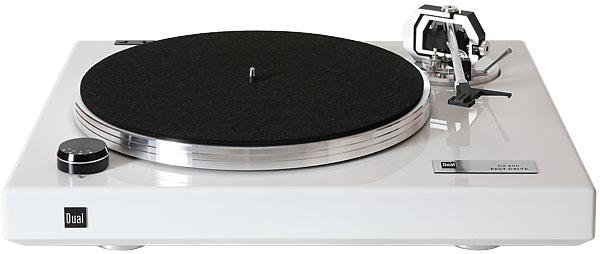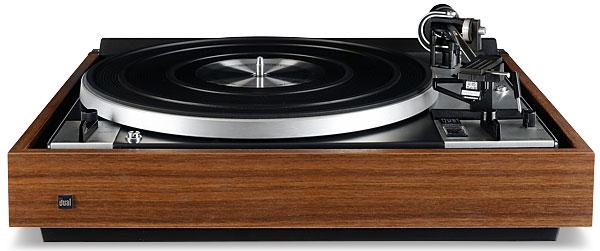Turntables, Arms & Cartridges
Sort By: Post DateTitle Publish Date
|
Oct 04, 2009
|
Apr 23, 2025 |
First Published: Oct 01, 2024
|
Dec 26, 2022
|
May 03, 2025 |
First Published: Apr 01, 2025
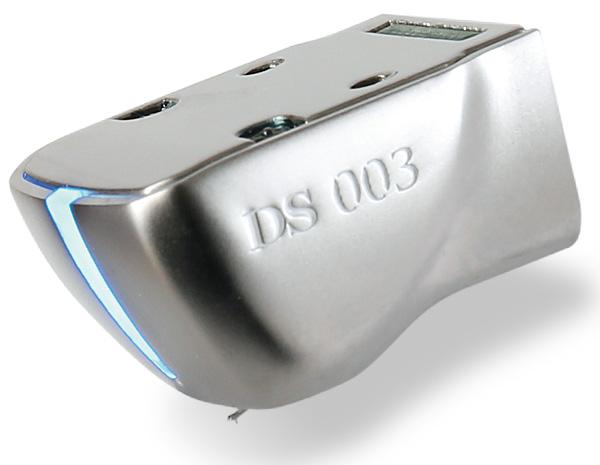
 With the DS 003, DS Audio delivers its 3rd generation technology in a system one-tenth the price of its flagship Grand Master. Can it hope to offer a taste of its authority?
With the DS 003, DS Audio delivers its 3rd generation technology in a system one-tenth the price of its flagship Grand Master. Can it hope to offer a taste of its authority?
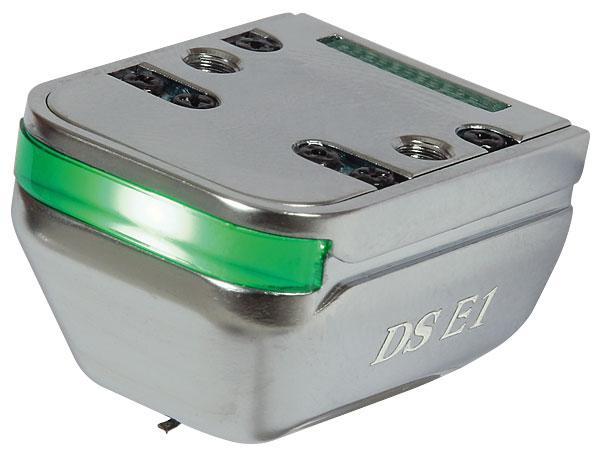

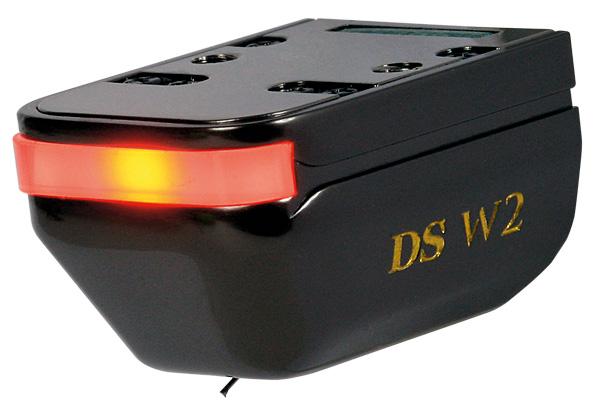
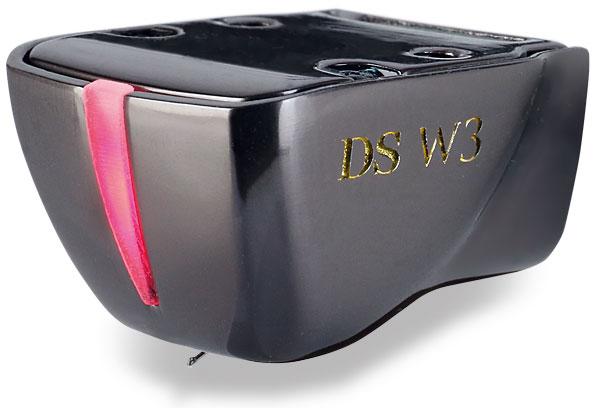
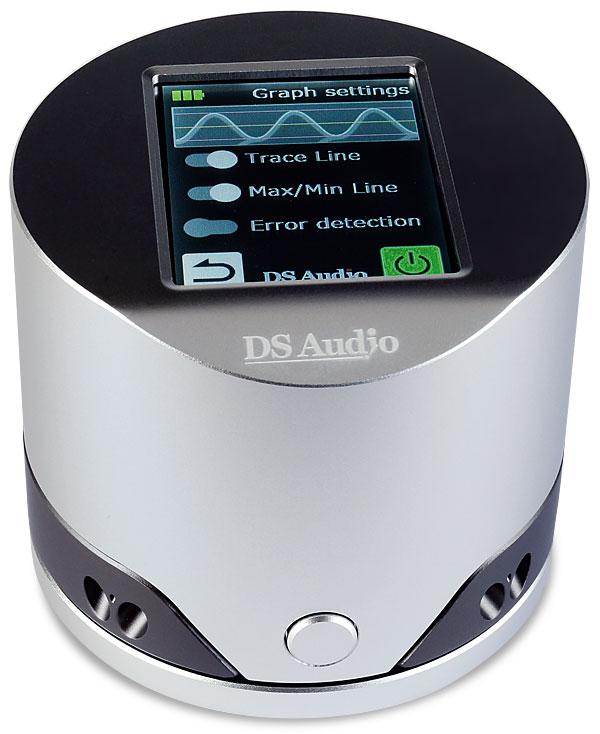
 Ever worried about off-centre LP pressings? Neither did we – until we tried DS Audio's mind-boggling ES-001 Eccentricity Detection (and correction) Stabiliser
Ever worried about off-centre LP pressings? Neither did we – until we tried DS Audio's mind-boggling ES-001 Eccentricity Detection (and correction) Stabiliser
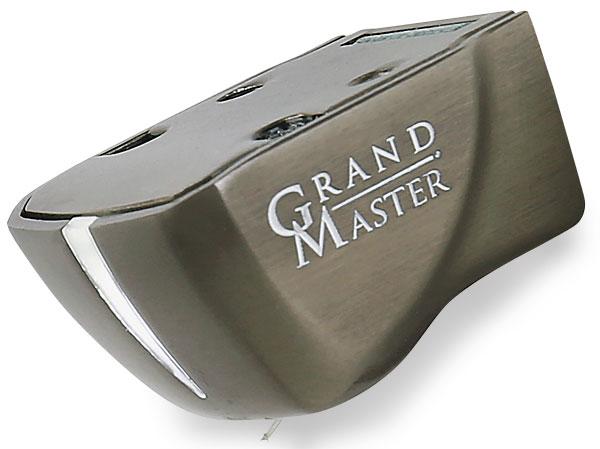
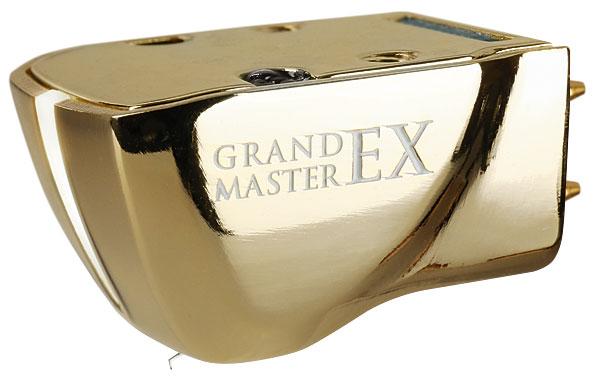
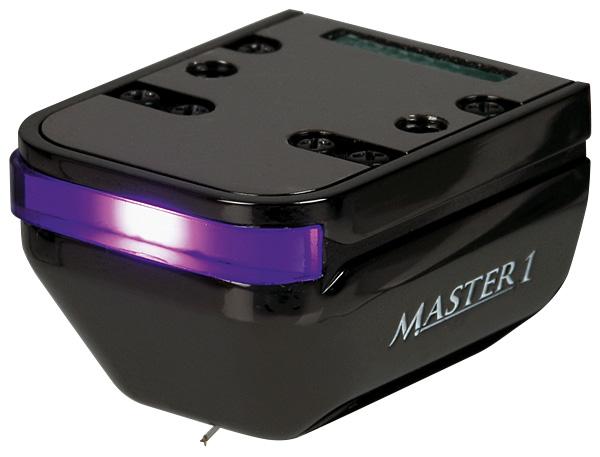
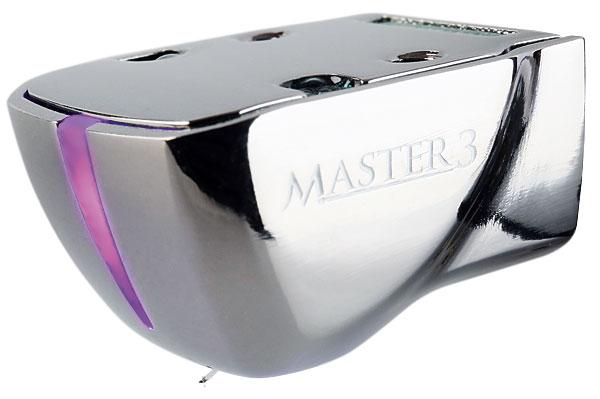

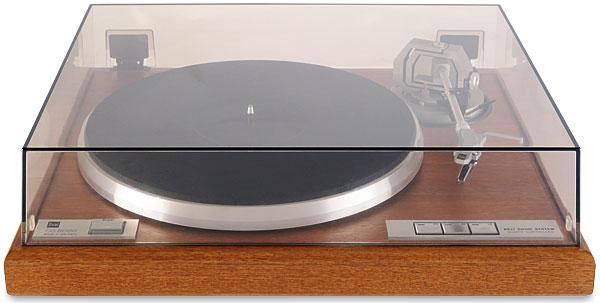
 Surprisingly advanced yet appealingly affordable, this semi-automatic flagship deck from 1985 sought to unseat Rega's market-leader. How does it sound today?
Surprisingly advanced yet appealingly affordable, this semi-automatic flagship deck from 1985 sought to unseat Rega's market-leader. How does it sound today?
